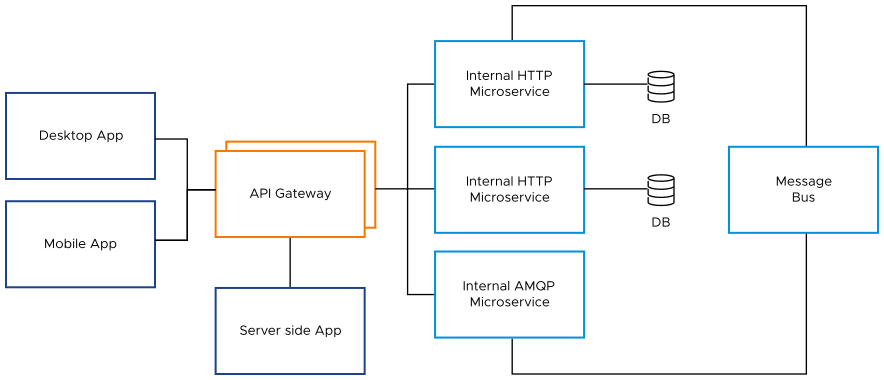In microservice-based architectures, an API gateway enables easy consumption of services required for their client or server applications, by exposing a single end-point to those applications. The API gateway acts as a bridge between applications and microservices.

Load Balancing API Gateway
The availability of the API gateway is key to ensuring application availability. API gateway availability requires a load balancer that can provide flexibility to cope with rapid changes in microservices, such as versioning and dynamically shifting scale. Also, being exposed to the external network, the API gateway provides secure transportation and authentication, and different access policies for external clients and internal clients. API gateway requires protection from DDoS attacks too.
Often, API response time directly impacts the end-user experience; therefore, it is critical to also have a monitoring tool that can provide complete API transaction logs.
NSX Advanced Load Balancer Solution
NSX Advanced Load Balancer provides the following out-of-box benefits when deployed to load balance API gateways:
API versioning through easy-to-use Layer 7 policy
Route API calls to different pools based on version information
Redirect API calls to the default API version pool
API quality monitoring with full visibility
Score API quality based on response time, response code error ratio, and resource utilization
Pinpoint API bottlenecks: are they in the client-facing network, data center network, or the API gateway itself?
-
Full API transaction logs per client IP, device type, and more.

Secure API with access control
End-to-end encryption with client certificate authentication
Redirect for non-secure APIs to secure APIs
Block/allow API calls based on custom IP groups
Per-client rate limiting
DDoS attack mitigation with detailed attack information (example: Top- N attackers)